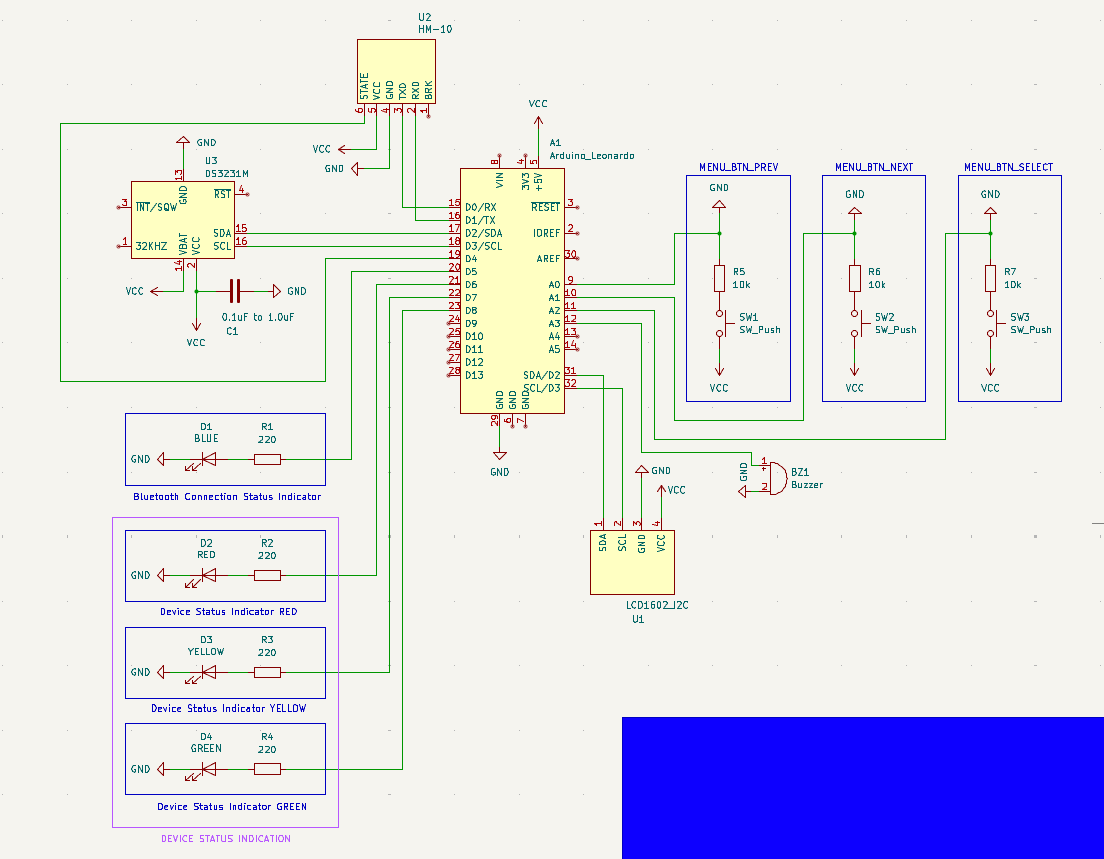this post was submitted on 16 Apr 2025
7 points (100.0% liked)
Electrical and Computer Engineering
1112 readers
1 users here now
Electrical and computer engineering (ECE) community, for professionals and learners. Discuss ECE related topics here, for instance digital design, signal processing, circuit analysis, electromagnetics, microelectronics, power electronics, RF electronics, etc.
founded 2 years ago
MODERATORS
you are viewing a single comment's thread
view the rest of the comments
view the rest of the comments

Honestly it should be a kit of 100nF capacitors. Just 100nF, lol. It's so ridiculously common.
And 100nF capacitors are like -50% /+100% accurate. Because no one actually cares about their actual capacitance. It's the decoupling capacitor that's spammed at somewhat random actual values.
It's more important to save fractions of a penny and have wide manufacturing tolerances.... Rather than care too much about the specific capacitance measured.